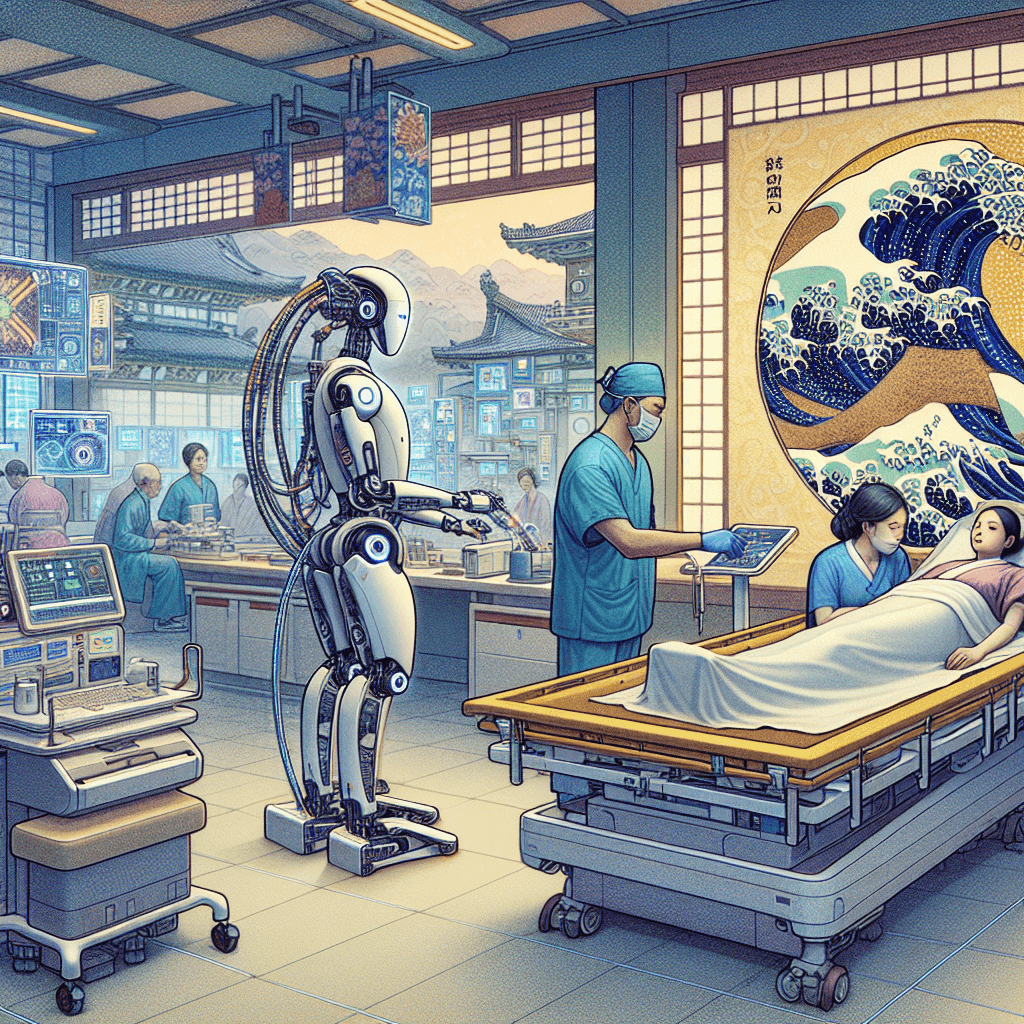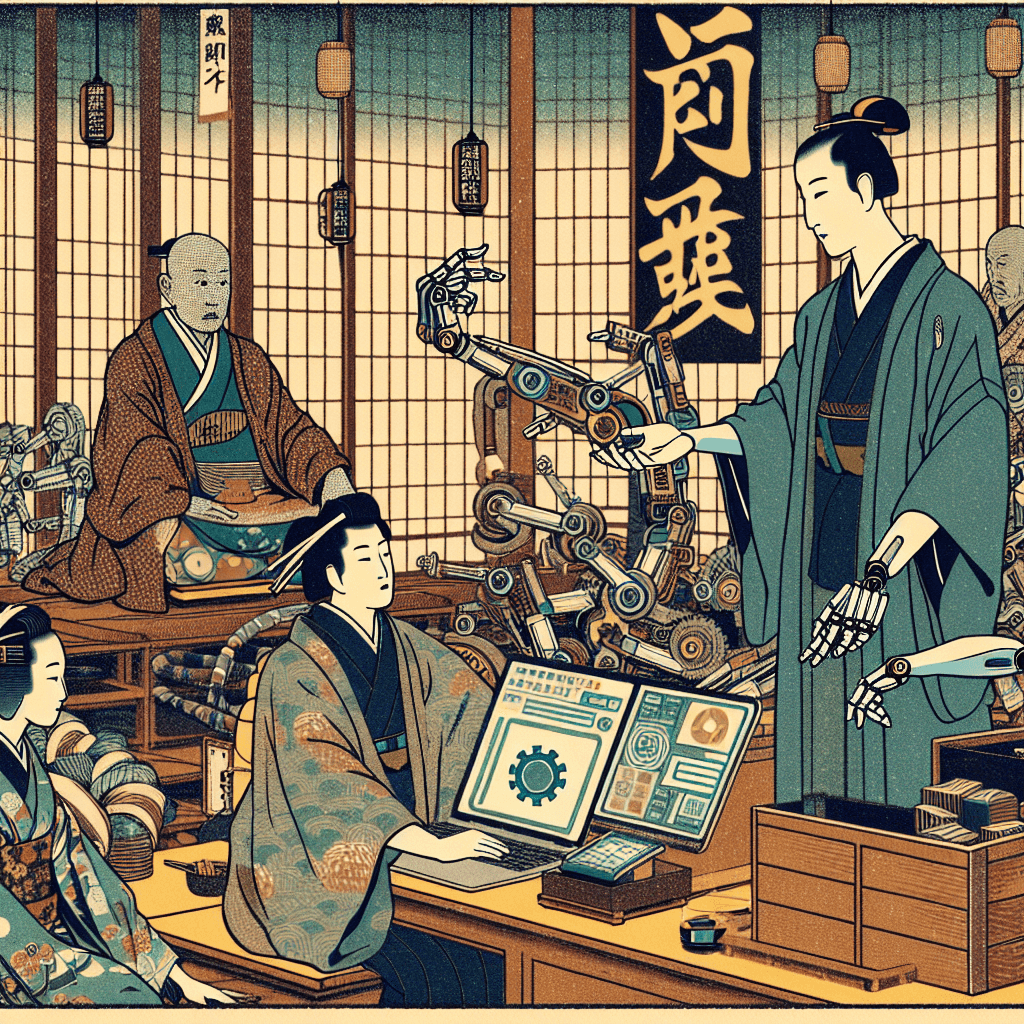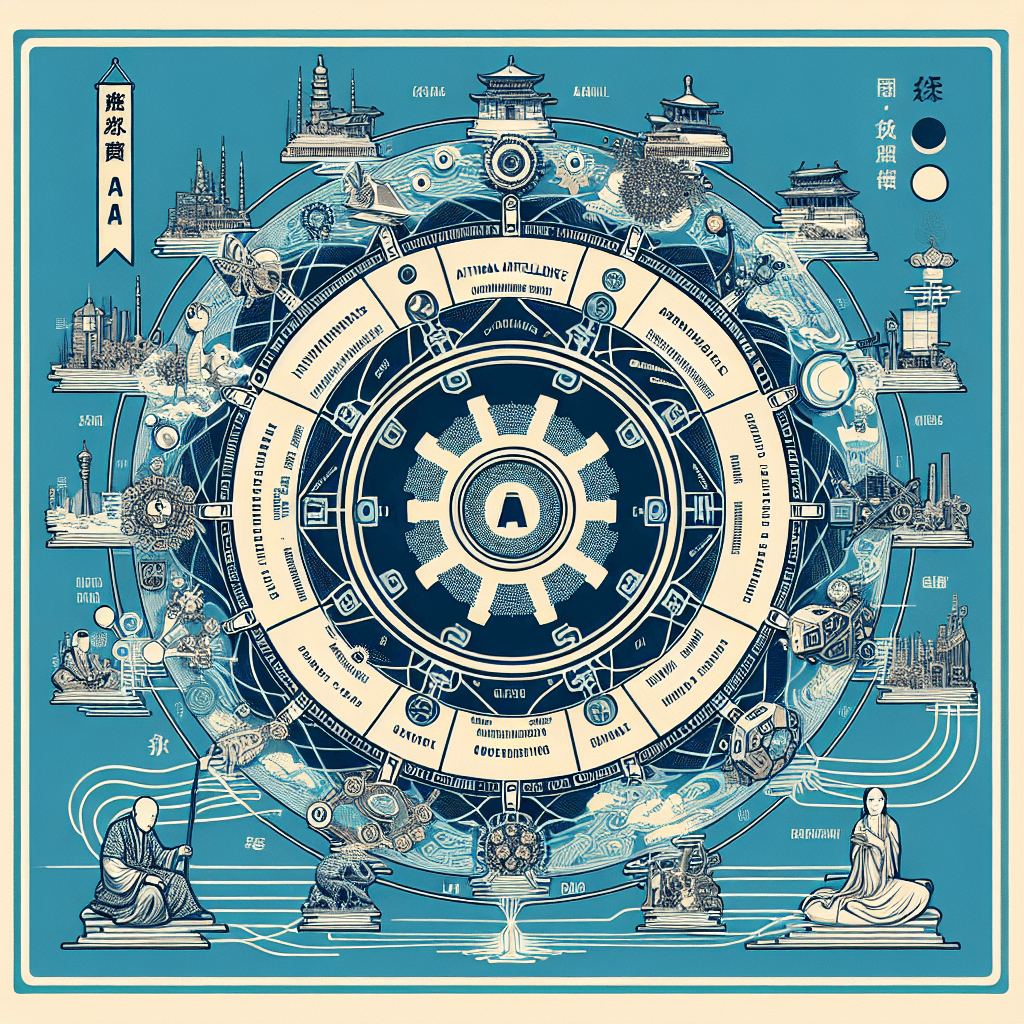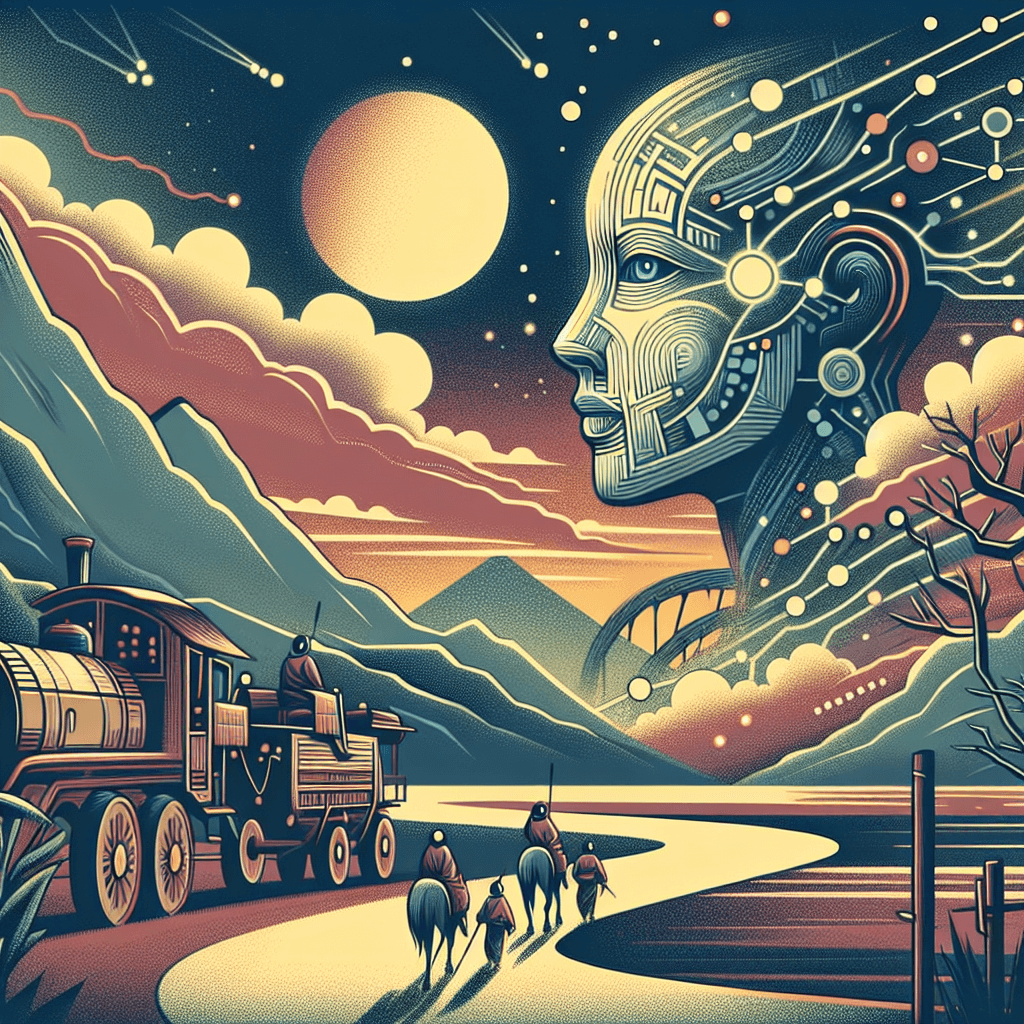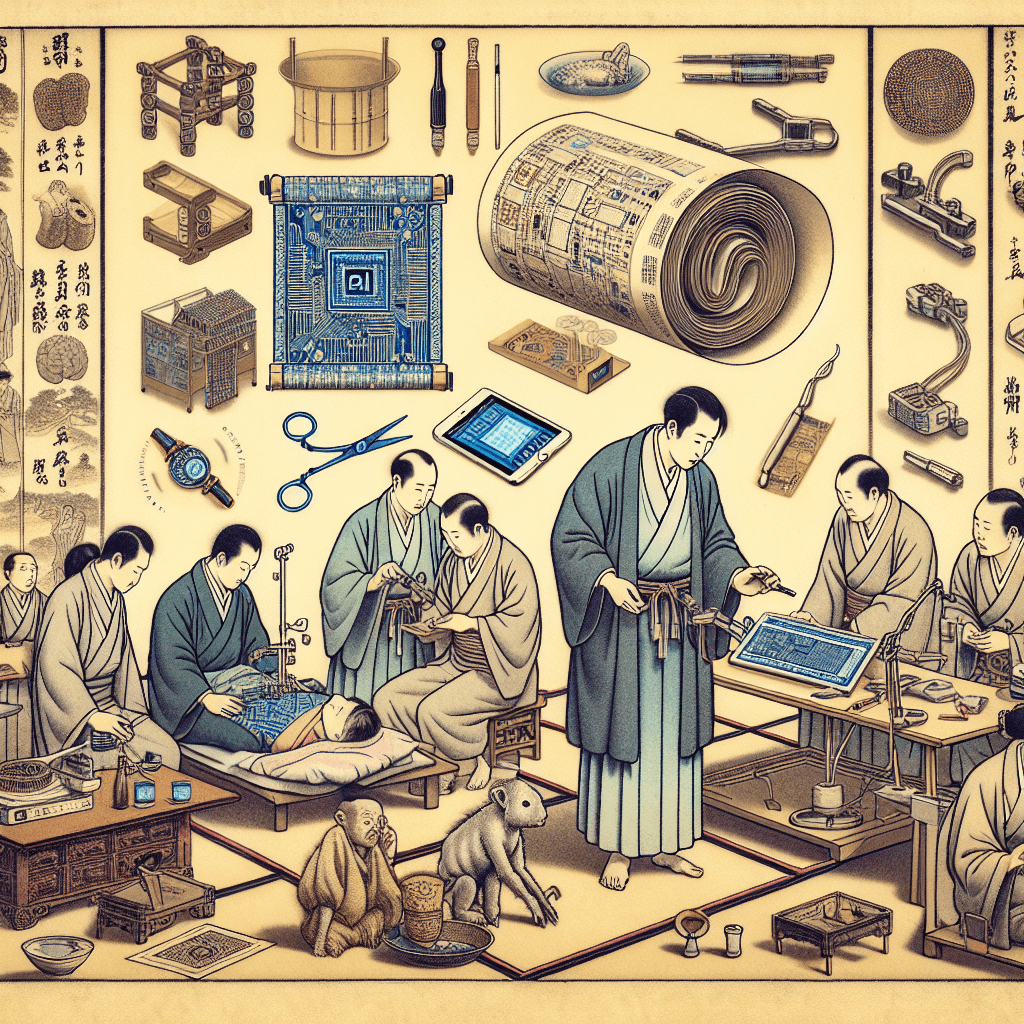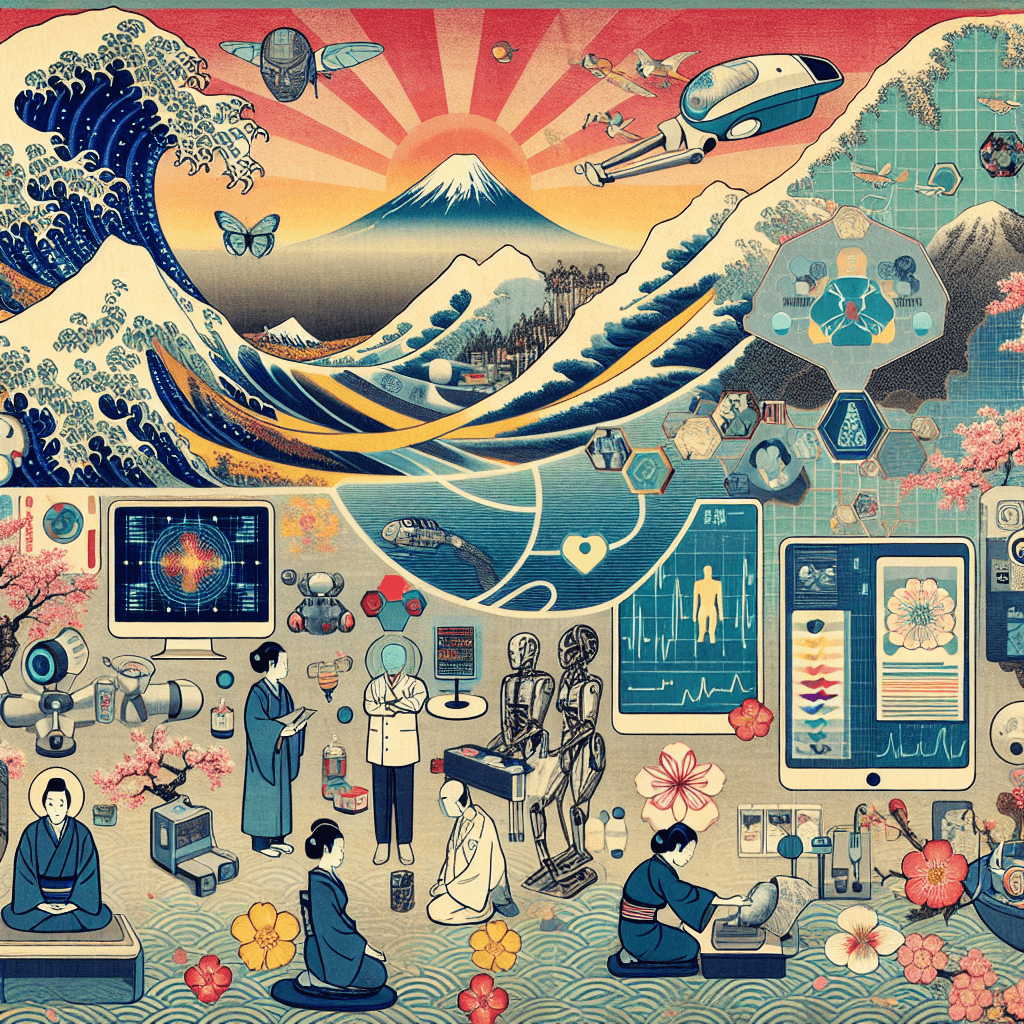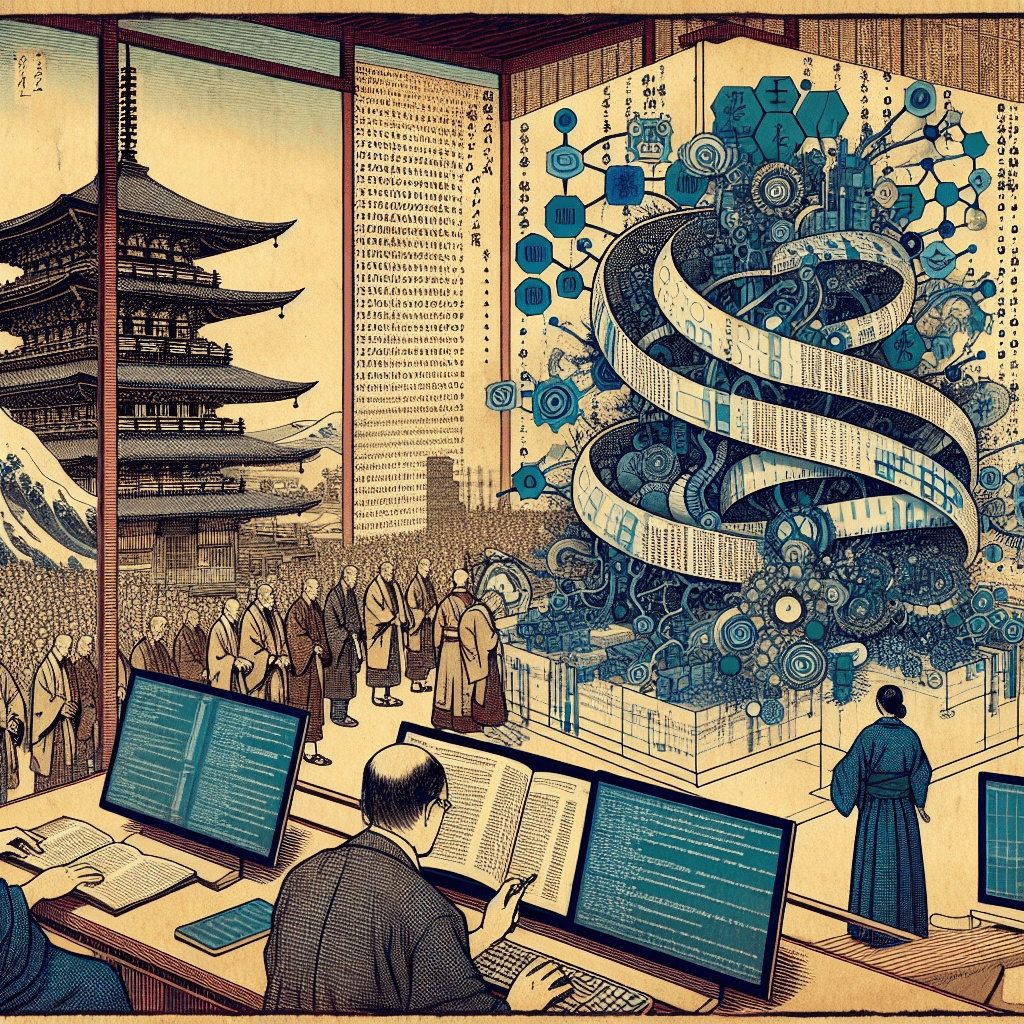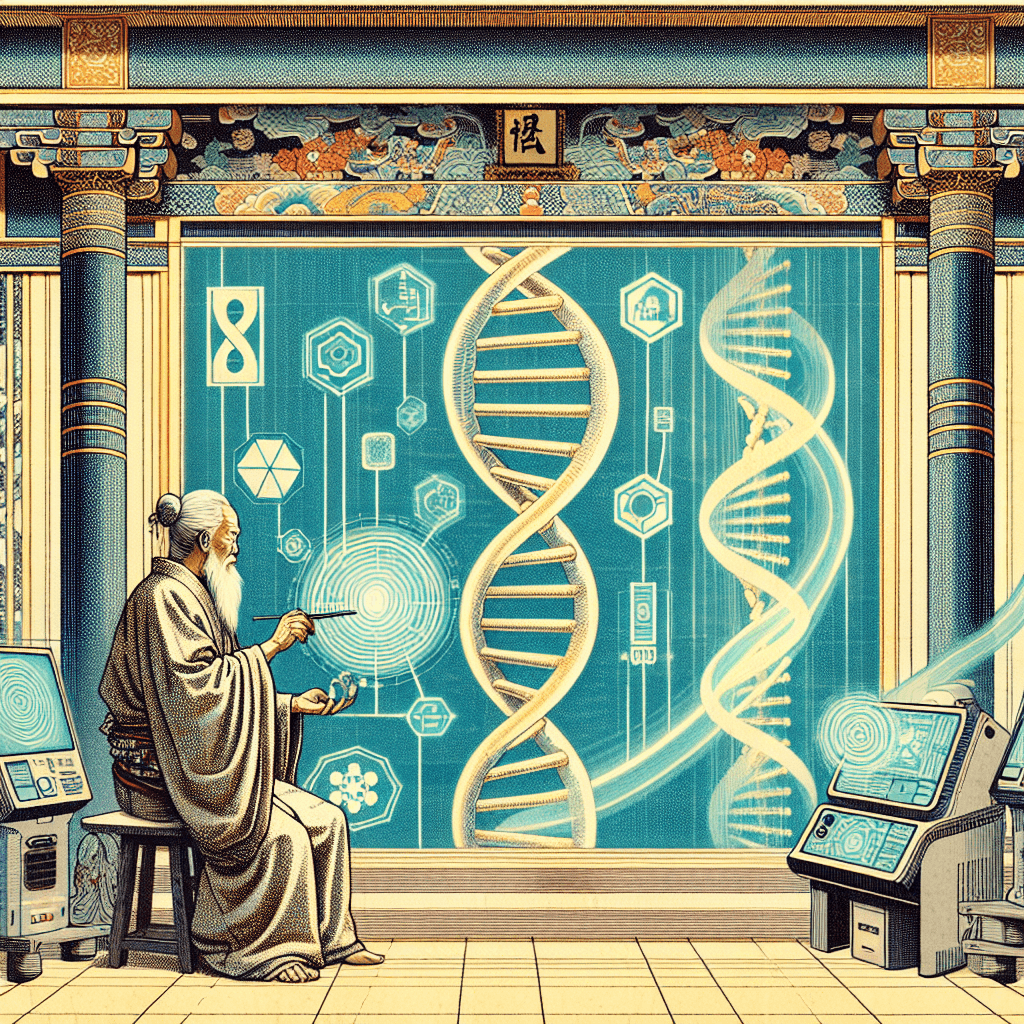Case Studies: Applying Generative Models in Real-World Scenarios
syndu | Aug. 27, 2024, 6:36 p.m.
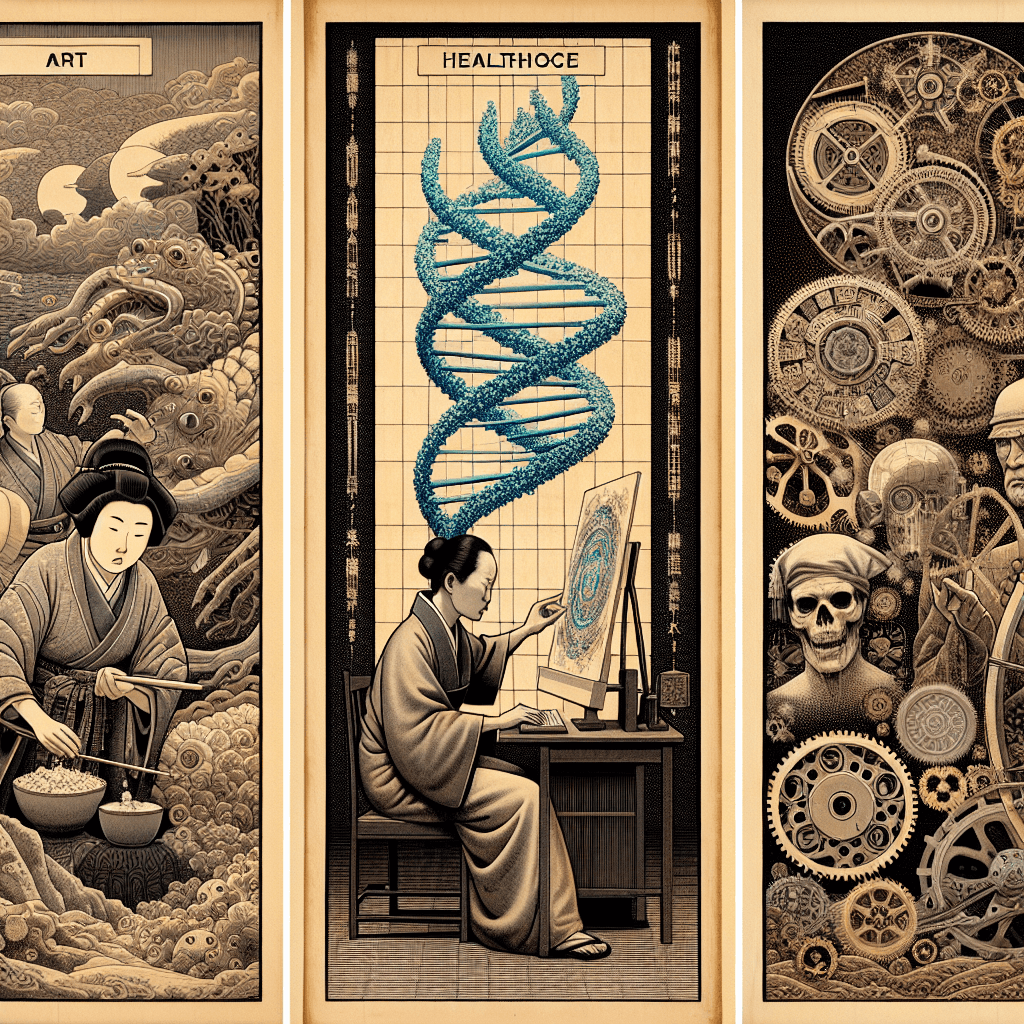
Case Studies: Applying Generative Models in Real-World Scenarios
Introduction
Generative models have revolutionized various fields by enabling the creation of new data samples from learned distributions. These models have found applications in diverse areas such as art, healthcare, and natural language processing (NLP). This post explores real-world case studies that demonstrate the practical utility and impact of generative models.
Art: AI-Generated Creativity
Generative models have opened new frontiers in the world of art, allowing for the creation of unique and innovative pieces that push the boundaries of human creativity.
Case Study: AI-Generated Art by GANs
- Overview: Generative Adversarial Networks (GANs) have been used to create stunning pieces of art that mimic various artistic styles.
- Example: The "AI Art Gallery" project utilized GANs to generate artworks that blend different styles, such as impressionism and surrealism. The AI was trained on a dataset of famous paintings, learning to generate new pieces that reflect the characteristics of the original artworks.
- Impact: AI-generated art has gained recognition in the art community, with some pieces being sold at prestigious auctions. This technology has also inspired collaborations between artists and AI, leading to new forms of creative expression.
Healthcare: Advancing Medical Research and Treatment
Generative models have shown great promise in healthcare, particularly in drug discovery and personalized medicine.
Case Study: Drug Discovery with VAEs
- Overview: Variational Autoencoders (VAEs) have been employed to accelerate the drug discovery process by generating novel molecular structures.
- Example: Researchers at Insilico Medicine used VAEs to design new drug candidates for treating fibrosis. The model was trained on a dataset of known molecules, learning to generate new compounds with desired properties.
- Impact: The AI-generated drug candidates showed promising results in preclinical trials, significantly reducing the time and cost associated with traditional drug discovery methods. This approach has the potential to revolutionize the pharmaceutical industry by enabling faster development of new treatments.
Natural Language Processing: Enhancing Human-Computer Interaction
Generative models have transformed NLP, enabling the creation of human-like text and improving various applications such as chatbots, content creation, and language translation.
Case Study: Text Generation with GPT
- Overview: Generative Pre-trained Transformers (GPT) have been used to generate coherent and contextually appropriate text, enhancing human-computer interaction.
- Example: OpenAI's GPT-3 model has been employed in various applications, including chatbots, automated content creation, and language translation. The model was trained on a vast corpus of text, learning to generate human-like responses based on the input it receives.
- Impact:
GPT-3 has demonstrated remarkable capabilities in generating text that is indistinguishable from human writing. This technology has been adopted by businesses to improve customer service, automate content creation, and facilitate communication across different languages.
Conclusion
The real-world applications of generative models in art, healthcare, and natural language processing highlight their transformative potential. By enabling the creation of new data samples and enhancing various processes, generative models are driving innovation and opening new possibilities across different fields.
Next Steps
- Review and Feedback: Share this draft for review and feedback to ensure accuracy and clarity.
- Finalize and Publish: After incorporating feedback, finalize the post and publish it as part of the content series.
- Promotion: Promote the series across relevant channels to reach a wide audience.
This content aims to provide a comprehensive and insightful exploration of the real-world applications of generative models. If there are any specific aspects you would like us to focus on or additional topics to include, please let us know!

